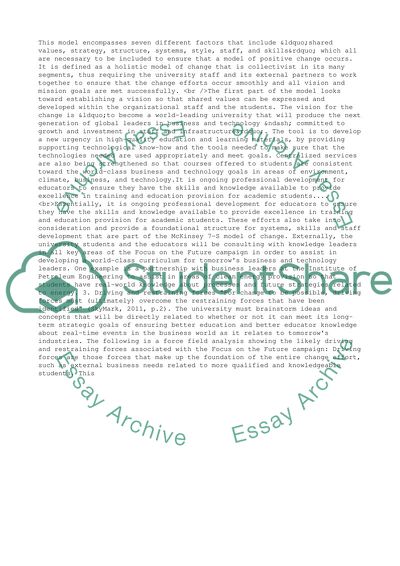Cite this document
(“Strategic Change Heriot-Watt University Analysis Essay”, n.d.)
Retrieved de https://studentshare.org/management/1391472-strategic-change-focus-on-the-future
Retrieved de https://studentshare.org/management/1391472-strategic-change-focus-on-the-future
(Strategic Change Heriot-Watt University Analysis Essay)
https://studentshare.org/management/1391472-strategic-change-focus-on-the-future.
https://studentshare.org/management/1391472-strategic-change-focus-on-the-future.
“Strategic Change Heriot-Watt University Analysis Essay”, n.d. https://studentshare.org/management/1391472-strategic-change-focus-on-the-future.


